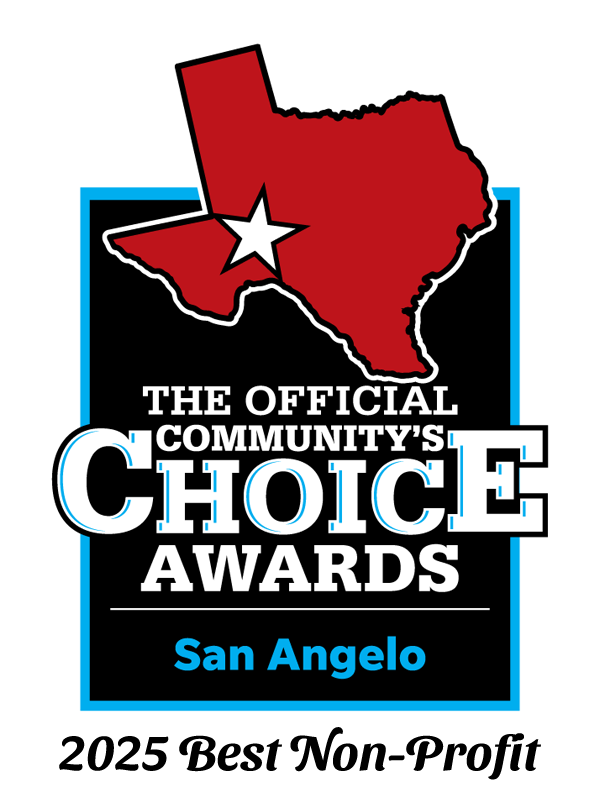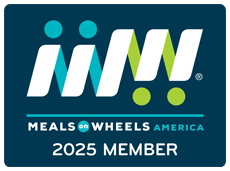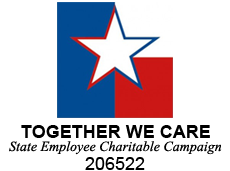Planned gifts are a thoughtful way for one to remember Meals For The Elderly and to provide for its future through careful estate planning.
Your “estate” is the sum of your assets, including property you own, insurance policies, retirement accounts, cash on hand, etc. Wealthy people may have very large estates, but even people who aren’t wealthy often have the resources to make a charitable bequest.
Below are some of the more common kinds of bequests, and some bequest language. Be sure to carefully review the terms of your will with a professional trained in handling trusts and estates.
GENERAL BEQUESTS
General bequests are legacies left to certain people or causes that come from the general value of the estate, and are made by designating a specific dollar amount, a particular asset or a fixed percentage of your estate to the cause of your choice.
General bequest language:
"I give, devise, and bequeath to Meals For The Elderly located at 310 East Houston Harte, San Angelo, Texas, the sum of $________(or a description of the specific asset), for its general purposes."
RESIDUARY BEQUESTS
Residuary bequests are made when you intend to leave the remainder (or a portion) of your assets after other terms of the will have been satisfied.
Residuary bequest language:
"All the rest, residue, and remainder of my estate (or specify a portion), both real and personal, I give to Meals For The Elderly, located at 310 East Houston Harte, San Angelo, Texas, for its general purposes."
CONTINGENCY BEQUESTS
Contingency bequests allow you to leave a portion of your estate to a particular charity if your named beneficiary does not survive you.
Contingency bequest language:
"I devise and bequeath the residue of the property, real and personal and wherever situated, owned by me at my death, to (name of beneficiary), if (she/he) survives me. If (name of beneficiary) does not survive me, I devise and bequeath my residuary estate to Meals For The Elderly, located at 310 East Houston Harte, San Angelo, Texas, for its general purposes."
Planned Giving can take many other forms: Charitable Gift Annuities, Charitable Remainder Trusts, Life Insurance, and Charitable Bequests.
Personal Property
Collectibles, such as art, jewelry, antiques, and other items of personal property make excellent gifts to the Meals For The Elderly.
Cash
Gifts made to the Meals For The Elderly in cash or by personal check are among the most common ways to contribute. A cash gift provides you with an established value for federal income tax purposes.
Wills & Estate Giving
Giving through your Will can be a convenient way to leave a lasting legacy to benefit Meals For The Elderly. The testamentary gift under your Will may be in the form of a specific dollar amount, a percentage of your estate, or a stream of income from a testamentary trust.
Real Estate
The gift of a home, farm, ranch, unimproved land, or commercial property to the Meals For The Elderly Endowment Fund may be an attractive option. You may even give a remainder interest in this property to the Meals For The Elderly Endowment Fund, receive a charitable contribution deduction for federal income tax purposes, and retain the right to use and maintain the property for your lifetime, and use the income in produces.
Stocks and Securities
Charitable giving through stocks, securities, or mutual funds is one of the most advantageous methods for purposes of maximizing your charitable deduction of federal income tax purposes. If you have owned appreciated stock or securities for more than one year, you may deduct full fair market value of the stock as a charitable contribution and avoid all capital gains taxes.
Insurance Policies
You may no longer have the same need for your life insurance. Yet, your life insurance policy is a simple way to ensure the continued work of Meals For The Elderly.
Options to donate your policy:
- Name Meals For The Elderly as beneficiary in your current life insurance policy.
- Donate your paid-up policy directly to Meals For The Elderly.
- Start a new policy, making Meals For The Elderly the owner and beneficiary.
- Name Meals For The Elderly as a partial beneficiary for a percentage of your policy, while retaining ownership of the policy (and thus the right to change the beneficiary designation at any time during your life.) For example, you might consider designating 90 percent of the dealth benefit to your family and the remaining percentage to Meals For The Elderly.
Benefits for you:
- It does not affect you financially during your lifetime.
- There are potential income tax benefits and deductions if you transfer the policy to Meals For The Elderly.
- Potential estate taxes can be reduced if you name Meals For The Elderly as the beneficiary.
Trusts and Annuities
Charitable remainder trusts enable you to make a gift to the Meals For The Elderly Endowment Fund and continue to receive income from that property for life. A Charitable lead trust, by contrast, enables you to make a gift of the income from the property for a period of time with the remainder interest in the property passing to family members.
Endowment Fund
Give the Gift that Keeps on Giving!
The Meals For The Elderly Endowment Fund was established by the Board of Directors so that donors could make gifts to the program that would keep giving through the years in perpetuity. In this way, the gifts are a continuing source of help to Meals For The Elderly. Donations are invested in conservative interest/dividend bearing instruments with the annual earned income used to support program needs.
Gifts may be made to the Endowment Fund in a number of ways, depending upon your particular situation. The following may be helpful as you consider the best way for you to make a gift.
For more information about planned giving opportunities, please contact Charlyn Ocker at 325-655-9200 or [email protected]
|
Download the lesson book (PDF), which will walk you through essential lessons on creating an effective estate plan. Each lesson includes a multiple–choice quiz to test your knowledge of the information covered. |
After completing the lesson book, you'll be ready to take inventory of your assets. Download the record book (PDF) to begin. |







